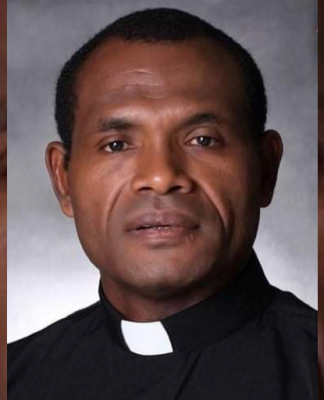UST IS studying a shift to a “vertical articulation” system that will place undergraduate, master’s and doctorate programs in the same field under the different colleges and faculties instead of the Graduate School, officials said.
Vertical articulation—the norm in other top universities like UP, Ateneo de Manila and De La Salle as well as overseas—will likely begin with programs declared as Centers of Excellence (COE) or Centers of Development (COD) by the Commission on Higher Education (CHEd).
But the new scheme will not lead to the abolition of the 78-year-old Graduate School, Dean Marilu Madrunio told the Varsitarian.
“We are still studying vertical articulation because it is not easy to implement. It will still be evaluated by the departments,” Madrunio said in an interview. “With vertical articulation, you’re not removing the Graduate School but you’re moving [programs] to certain colleges.”
Vertical articulation allows the continuity of programs in terms of content, curriculum, instruction and evaluation, allowing the same set of faculty members to focus on the progress of a student.
But not all programs offered by UST are prepared for such a scheme. In terms of preparedness, the CHEd COEs and CODs are the likely candidates.
“Those prepared programs are [the only ones] ought to [be] included in vertical articulation,” Madrunio said.
College of Science Dean John Donnie Ramos said he had been asked by the Office of the Vice Rector for Academic Affairs to comment on the vertical articulation plan.
Ramos said programs with Level III and Level IV accreditation from the Philippine Association of Colleges and Universities-Commission on Accreditation could also be included.
Vertical articulation will be an “easier path” for students taking up master’s and doctorate degrees since these would be in line with their corresponding undergraduate programs, he said.
For administrators, it will also be easier to maintain files needed for accreditation, Ramos added.
“We have to follow the international system of vertical articulation and even CHEd is already requiring us to do that. It is challenging, but in terms of timing, we truly need it,” he said.
As for the teaching loads of Graduate School faculty members, Ramos noted that these teachers are technically non-tenured and “borrowed” from faculties, colleges and other universities.
“[The] idea of having a vertically articulated system is supposed to be that majority of the faculty members teaching in the graduate program are supposed to be coming from the pool of faculty members teaching undergraduate students at the same time. If we don’t have any experts [in] a certain field, then we can borrow from another college. It’s still the same system,” he explained.
UST has actually taken the first steps to vertical articulation. In August 2015, the administration transferred seven general education departments from Academic Affairs, namely Philosophy, Literature, English, History, Foreign Languages, Political Science and Economics to the Faculty of Arts and Letters.














